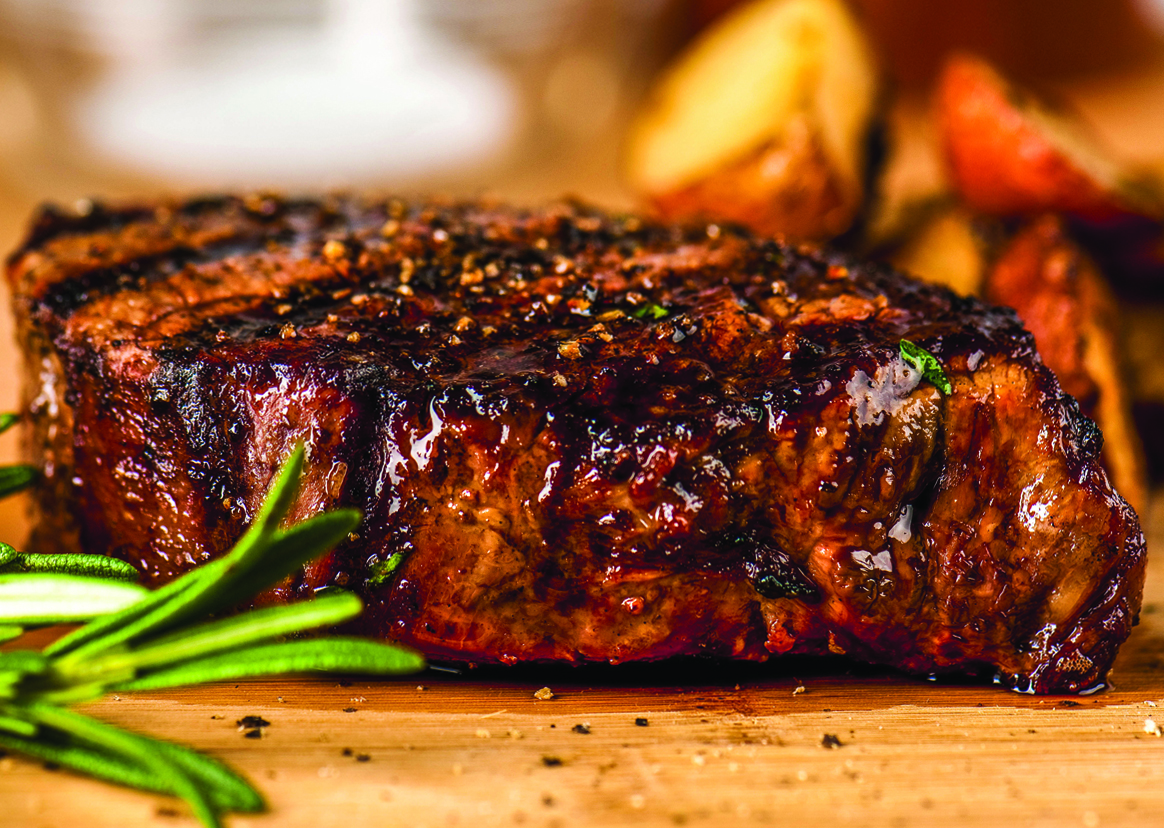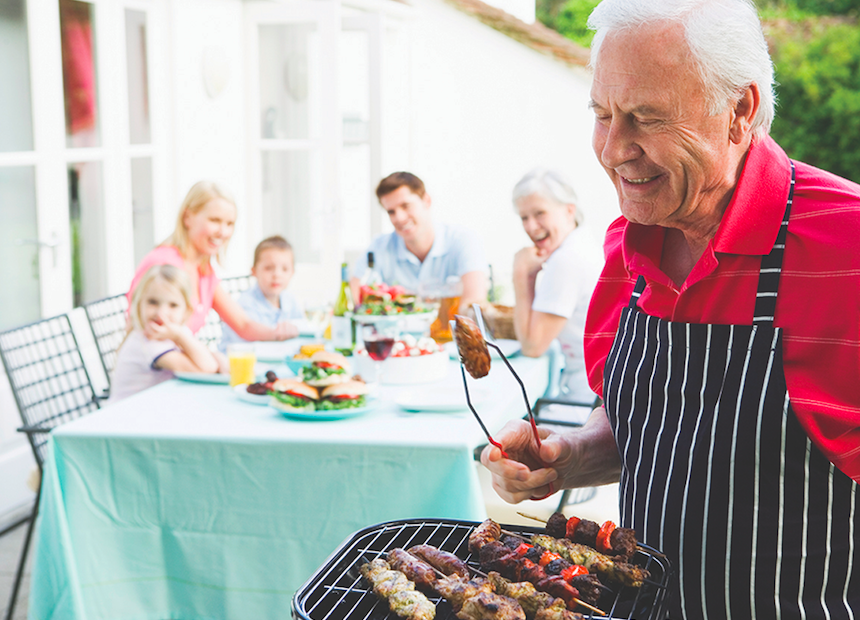Want to make resolutions you’ll keep this new year? Think simple, sustainable changes. Follow these four steps for a healthier you, inside and out.
Stick to Your Workout
After the holidays, the gym is filled with people who have resolved to incorporate exercise routines into their lives. Come February, the novelty of the new year wears off, life gets in the way and, according to “U.S. News & World Report,” 80 percent of resolutions fail by the second week of the month.
Instead of jumping from no routine to a seven-days-a-week commitment, introduce workouts to your schedule in small doses. Dread cardio or weight machines? Find something that you’ll look forward to, like a cycling class, yoga or outdoor pursuits. Choosing activities that you enjoy will increase your chances of sticking to your resolution.
Eat Smarter
According to the Centers for Disease Control and Prevention, most Americans are falling short of their fruit and vegetable intake goals, and most eat only half the recommended amount of fiber. To increase your consumption of essential nutrients, create a grocery list packed with fruits, vegetables, protein and whole grains.
Plan meals for the week to ensure you stick to a whole-food menu. Keep ingredients on hand for meals you can make in a pinch, so you’re not tempted by fast food on a busy day. Try frozen salmon fillets, which you can cook without thawing, or eggs, low-fat cheese and veggies for a quick-baking frittata.
Freeze individual servings of chopped fruits and vegetables in resealable bags to create quick and delicious smoothies each morning in a high-powered blender, such as the Vitamix E310 Explorian Series machine. For a satisfying, energy-boosting snack, use your blender to pre-make Dried Fruit Chia Bars or White Chocolate Peanut Butter Energy Balls.
Stress Less
Stress can have adverse effects on minds and bodies, as insomnia, weight gain, anxiety and depression are all potential related risks. While it isn’t always avoidable, simple changes will help you manage tension.
Sometimes, stress can be solved with some “me time.” Treat yourself to a massage or manicure, soak in a hot bath, or unwind with a nature walk. Connecting with others can help, too. Plan a brunch with your best friend or a date night with your significant other.
Feeling overwhelmed with work and family life? Build out a to-do list or calendar to feel more in control of your busy schedule, then cross items off the list when completed.
Practice Positivity
A sunny outlook can affect your wellbeing. Keep a gratitude journal by writing down something good that happens each day. On bad days, you’ll be forced to focus on the positive aspects of your life.
One of the best ways to improve your happiness is by giving others a boost. Volunteer with a charitable organization or donate to a favorite cause. Practice doing something kind daily.
This new year, take small steps to help you feel happier and healthier. (StatePoint)

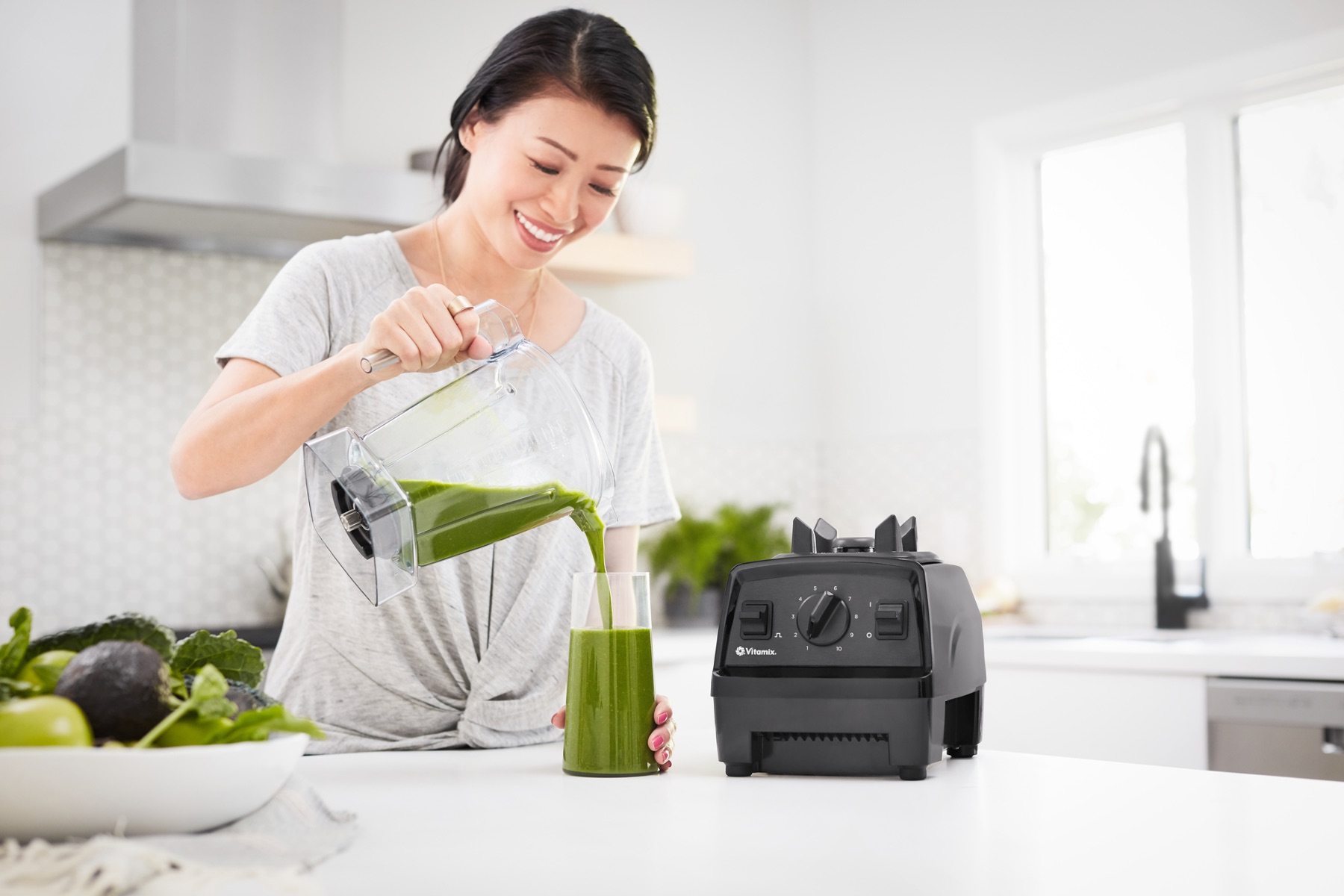


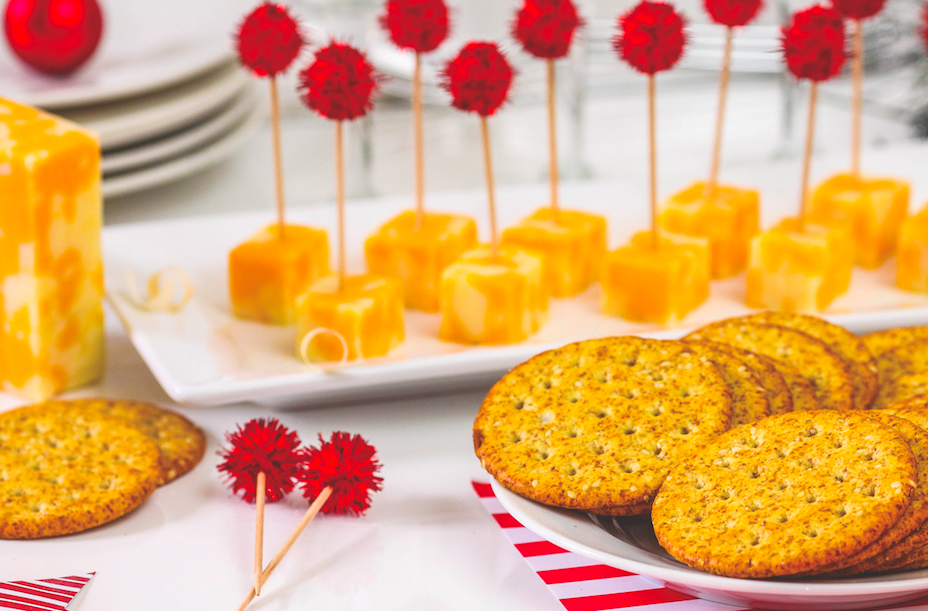
 · Keep the bar stocked. Toasting to a happy holiday season is the norm during this time of year. Toasting requires hosts have some spirits on hand. Stock the bar with a few staples, such as red and white wine, vodka, rum, whiskey, and mixers. Also, you may just want to create a signature or seasonal cocktail that can be served when guests arrive, such as a spiced punch or a holiday eggnog.
· Keep the bar stocked. Toasting to a happy holiday season is the norm during this time of year. Toasting requires hosts have some spirits on hand. Stock the bar with a few staples, such as red and white wine, vodka, rum, whiskey, and mixers. Also, you may just want to create a signature or seasonal cocktail that can be served when guests arrive, such as a spiced punch or a holiday eggnog. guests ring your doorbell. Thanks to services like Spotify, Amazon Music and Pandora, holiday music that fills a home with the sweet sounds of the season is now always accessible.
guests ring your doorbell. Thanks to services like Spotify, Amazon Music and Pandora, holiday music that fills a home with the sweet sounds of the season is now always accessible.
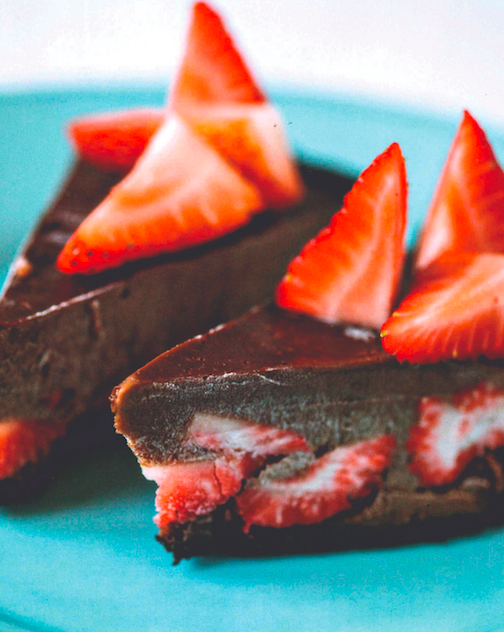
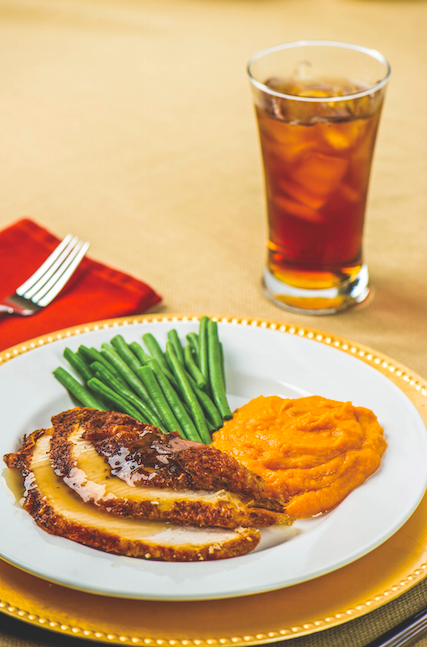
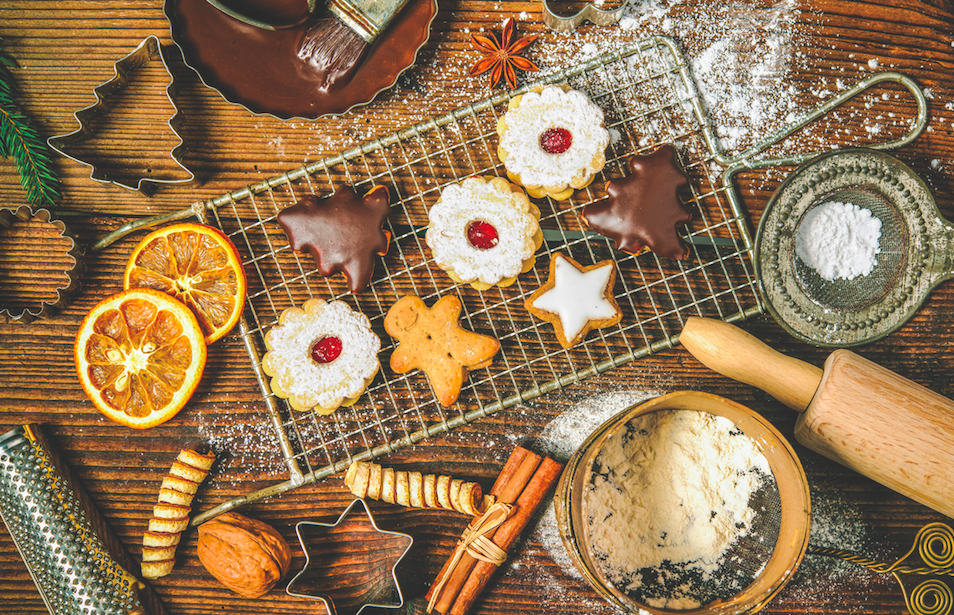


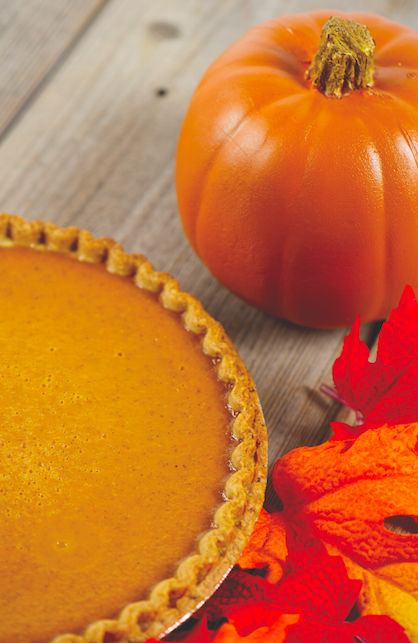


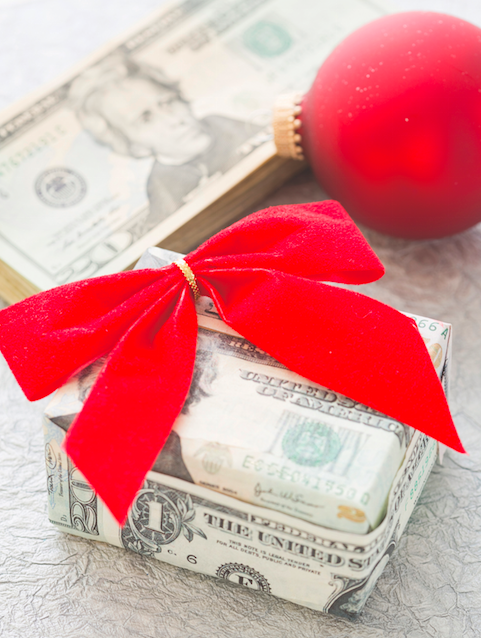
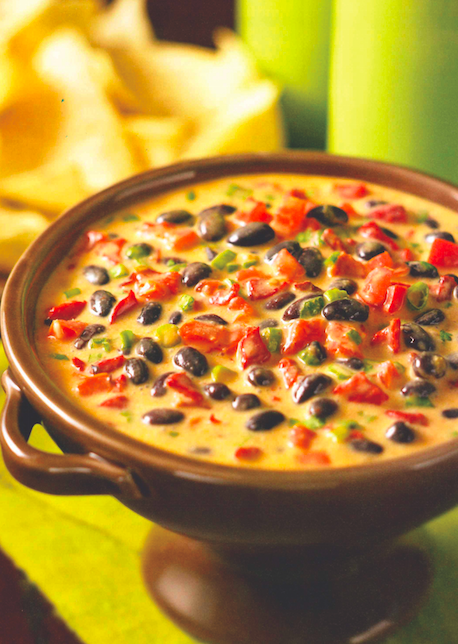
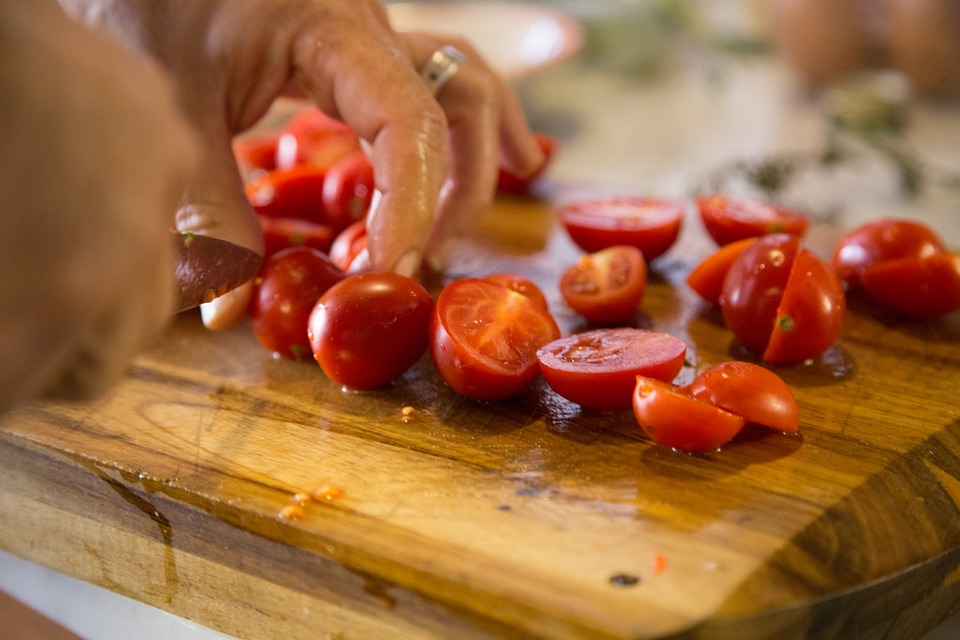
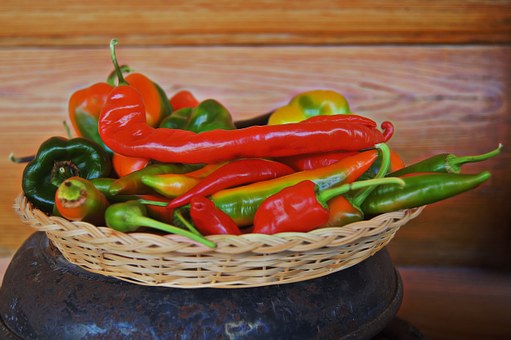 1. In slow cooker stoneware, combine beans, tomatoes, green onions, poblano, jalapeño peppers, garlic, lime zest and juice, and cheese. Stir well. Cover and cook on high for 11/2 hours, until mixture is hot and bubbly. Stir in cilantro, sprinkle with green onions, if using, and serve.
1. In slow cooker stoneware, combine beans, tomatoes, green onions, poblano, jalapeño peppers, garlic, lime zest and juice, and cheese. Stir well. Cover and cook on high for 11/2 hours, until mixture is hot and bubbly. Stir in cilantro, sprinkle with green onions, if using, and serve.